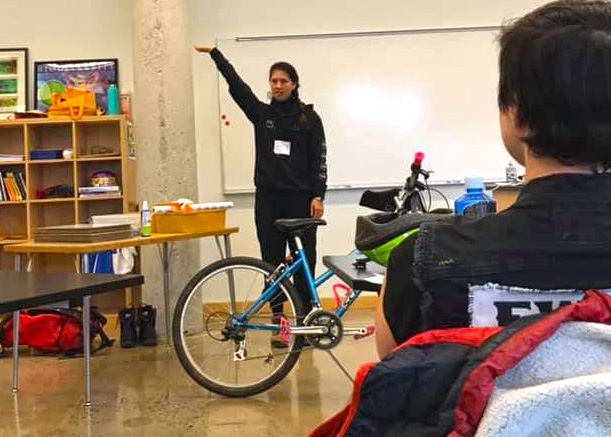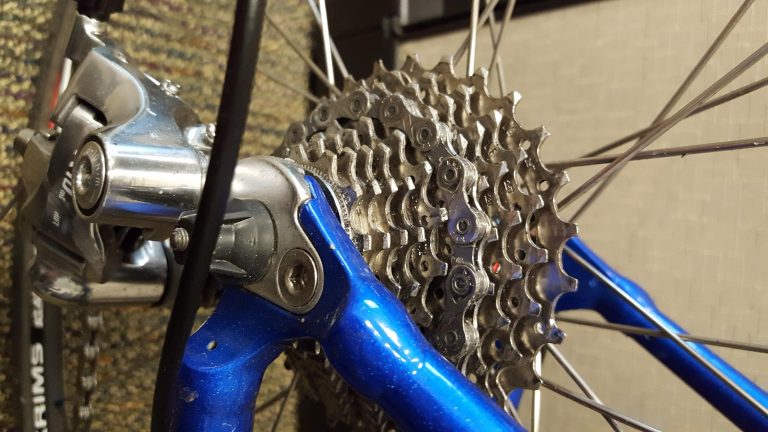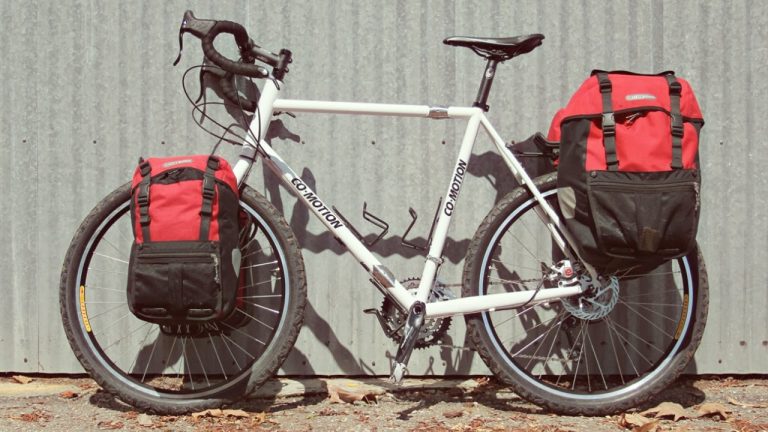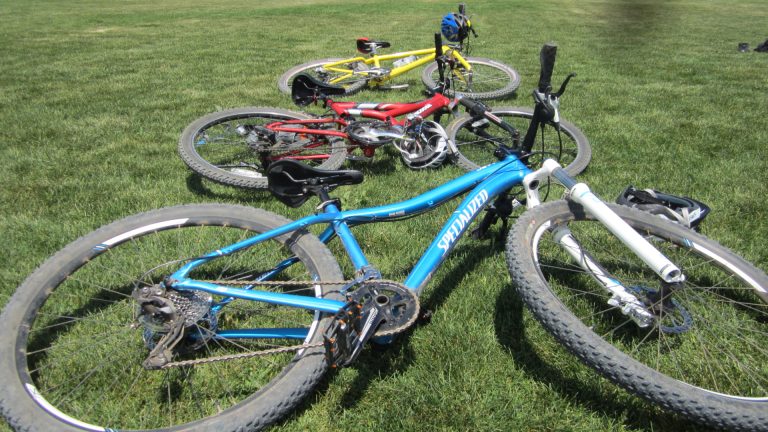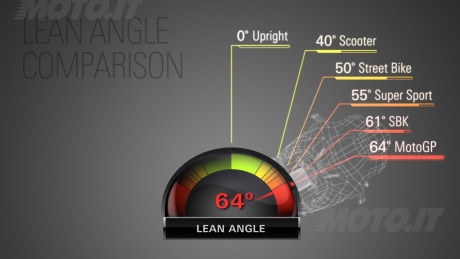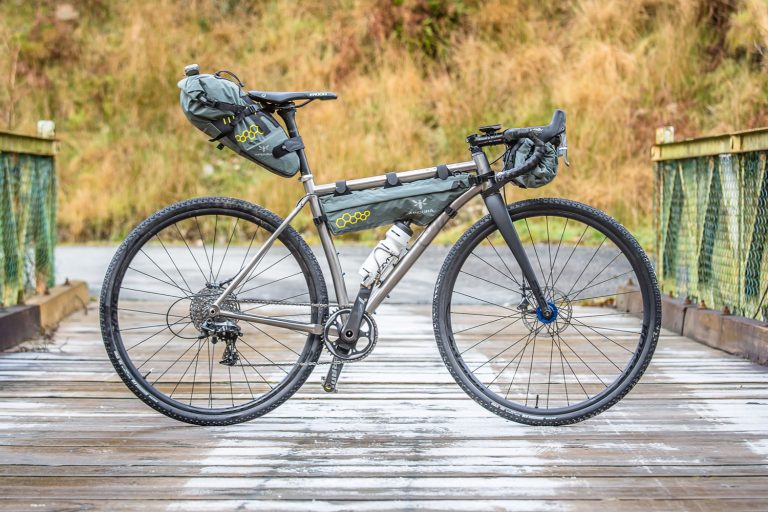“`
Essential bike maintenance Tips for long rides
Cyclists embarking on long rides understand the thrill and adventure that comes with exploring new terrains. However, an often-overlooked aspect of cycling is the crucial bike maintenance that ensures a safe and smooth ride. Whether you’re a seasoned cyclist or just starting out, understanding bike maintenance tips for long rides can significantly impact your experience, performance, and safety.
In this article, we’ll dive into essential bike maintenance practices, covering everything from tire pressure and chain lubrication to gear shifting and brake adjustment. We’ll provide actionable advice and expert tips to help you prepare for those exhilarating long rides while ensuring your bike is in top condition. Let’s get started!
Training Techniques for Cyclists
Understanding cycling performance metrics
Before hitting the road, familiarize yourself with key cycling performance metrics such as VO2 max, cadence, and heart rate zones. These metrics are critical for monitoring your progress and enhancing your endurance for long rides. Using power meters, for instance, can provide valuable insights into your cycling efficiency and help tailor your training regimen for maximum benefit.
Power-Based Training
Utilizing power-based training methods can greatly enhance your endurance. This involves using power meters to gauge your performance and establish benchmarks. Studies have shown that cyclists using power-based training improve their VO2 max and overall stamina. If you’re serious about optimizing your cycling workouts, incorporating these techniques is highly recommended.
Interval Training for Cycling
Interval training is a proven method to build endurance and speed. By alternating between high and low-intensity efforts, cyclists can increase their longevity on long rides. Practical examples include brief sprints followed by recovery periods, which can also improve mental resilience—a key component of enduring challenging long rides.
Best Nutrition Practices for Cyclists
Taking care of your nutrition is as important as maintaining your bike. Proper fuel before and during your ride ensures sustained energy and focus. Consuming a balanced meal rich in carbohydrates prior to riding, and carrying energy bars or gels for mid-ride refueling, can help maintain your performance.
Comprehensive Bike Maintenance Guide
Tire Pressure Check
Ensuring your tires are properly inflated is a fundamental aspect of bike maintenance. Incorrect tire pressure can lead to reduced efficiency and increased risk of punctures. Regularly check your tire pressure before each ride, using a reliable pressure gauge, and adjust according to your bike’s specifications.
Chain Lubrication and Management
A well-lubricated chain is vital for smooth gear shifting and overall bike performance. Clean and lubricate your chain regularly to prevent wear and tear. Use a high-quality lubricant suitable for your riding conditions—wet or dry—and apply it sparingly, wiping off excess to prevent dirt build-up.
Brake Adjustment
Properly adjusting your brakes ensures cycling safety. Inspect your brake pads for wear and replace them if necessary. Adjust the brake cable tension to ensure a firm grip. A quick test spin around your area can confirm their responsiveness before you embark on longer journeys.
Gear Shifting Techniques
Mastering gear shifting improves efficiency and reduces strain on your bike’s drivetrain. Anticipate shifts according to terrain and gradient changes to maintain a steady cadence. Regular derailleur adjustment can prevent noise and enhance your shifting experience.
Bike Cleaning and Frame Inspection
Regular cleaning not only keeps your bike looking good but also helps prevent mechanical issues. Focus on cleaning the drivetrain, frame, and tires. During cleaning, conduct a frame inspection for any cracks or signs of fatigue that might compromise safety.
Essential Gear and Tools for Long Rides
Saddle Comfort and Wheel Alignment
Long hours on the saddle demand comfort. Ensure your saddle is correctly adjusted to prevent discomfort and injury. Similarly, wheel alignment impacts ride quality and should be checked periodically to avoid wobbling or instability.
Must-Have Bicycle Tools
Carrying a tool kit equipped with basic bicycle tools is essential for any cyclist. Essentials include a multi-tool, tire levers, spare tubes, a pump, and a repair kit for puncture repairs. These tools ensure you can handle minor repairs independently during your ride.
Safety First: Cycling Safety Tips
Adhering to safety practices can prevent accidents and injuries. Wear a well-fitting helmet, use visibility aids like lights and reflectors, and follow road rules. Regular mechanical checks on key components can detect potential issues before they become major problems.

Mechanical Check and Cycling Checklist
Prior to any long ride, conducting a thorough bike inspection is crucial. Check bike tires for wear, ensure brake pads grip effectively, and verify all bolts are securely fastened. A comprehensive cycling checklist can ensure you don’t overlook essential items or checks.
Additional Advanced Techniques
Mental Resilience
Building mental toughness is as important as physical training. Long rides can be daunting, but having a strong mental game helps push through fatigue. Visualization techniques, setting achievable goals, and positive self-talk can enhance your mental resilience.
Optimizing Cycling Workouts
Customization and variety in your cycling workouts can stave off plateaus. Include hill climbs, sprints, and steady-state rides to build comprehensive cycling fitness.
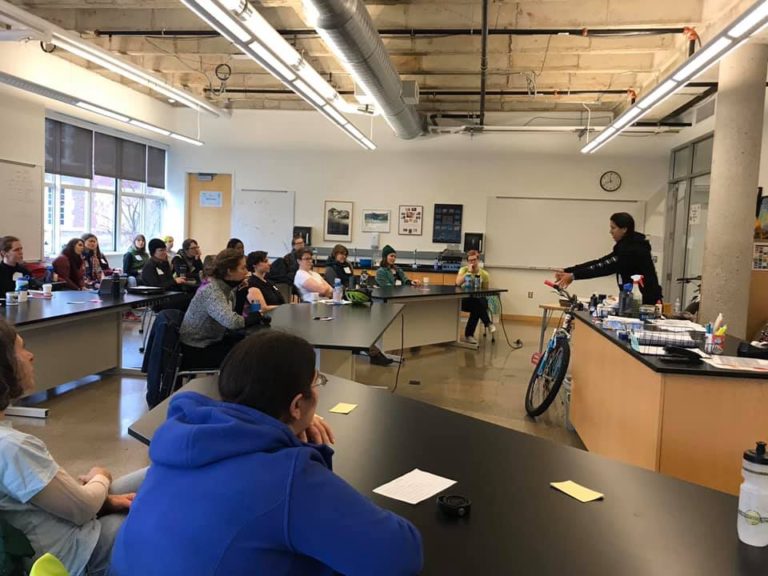
FAQs
What tire pressure should I maintain for long rides?
The recommended tire pressure is usually between 80-100 psi for road bikes, but always check your tire’s sidewall for specific guidelines.
How often should I apply chain lubricant?
Lubricate your chain every 100-150 miles, or sooner if you ride in wet or dusty conditions to ensure smooth chain lubrication.
What tools should I carry for a long ride?
Essential tools include a multi-tool, tire levers, a mini pump, and a spare tube to handle basic repairs on-the-go.
How can I improve my comfort during long rides?
Adjust your saddle for saddle comfort, wear padded shorts, and ensure your bike’s fit is optimized for your body dimensions.
Why is gear shifting important on long rides?
Proper gear shifting helps maintain a steady effort level, preventing muscle fatigue and enhancing efficiency over varying terrains.
Conclusion
Embarking on long rides requires more than just physical preparation—it demands a thorough understanding and application of bike maintenance tips. By maintaining your bike in peak condition, you not only optimize your cycling performance but also enhance safety and enjoyment. As you implement these tips, remember to share your experiences and insights, helping others enjoy their long rides as much as you do.
“`
